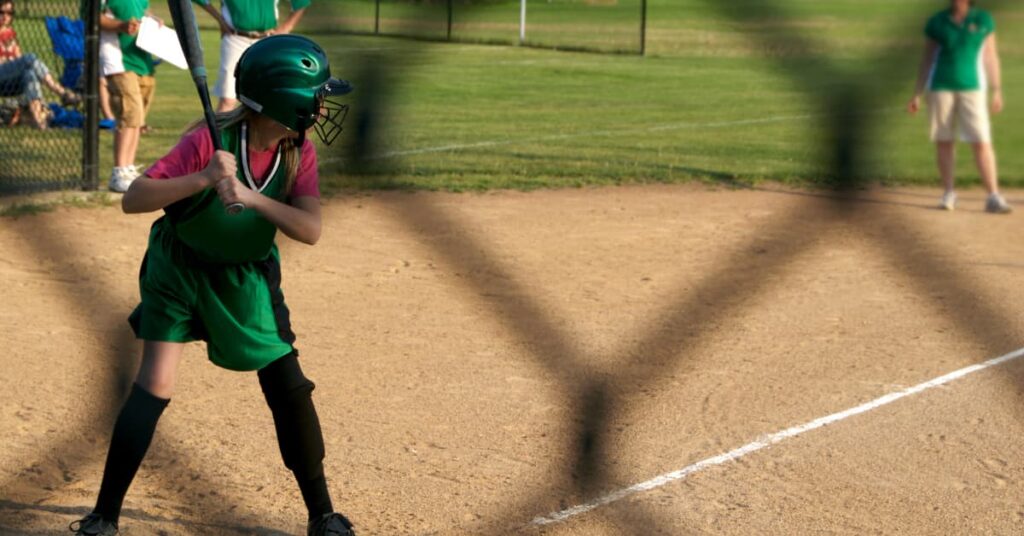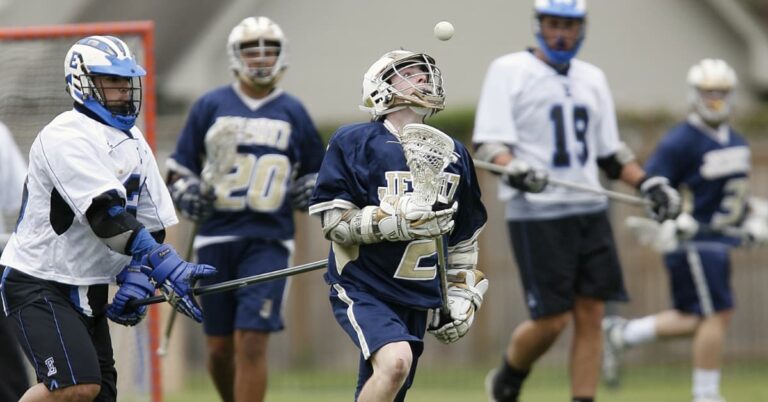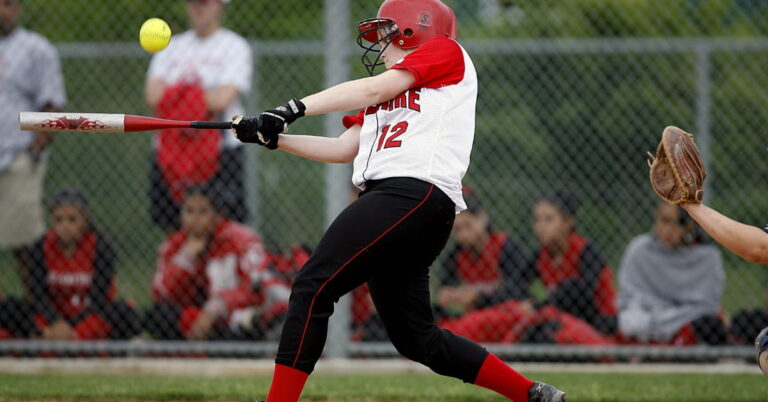What is a Full Count in Softball? (Know Everything’s)
The sport of softball demands a good understanding of its rules and terminologies. There is a term called full count that is often used during games.
In this article, we will explore what a full count means in softball, and its impact on game tactics. Let’s dive into the details of this crucial softball aspect.
What is a Full Count in Softball?
When a batter has three balls and two strikes, it is called a full count in softball. This is an important moment in the game, as both the pitcher and the batter are under pressure.
For the batter, it means they are one pitch away from being awarded a walk, which allows them to advance to first base.
On the other hand, the pitcher needs to be precise with their next pitch to either secure a strikeout or prevent the batter from getting on base.

The Rules of a Full Count
In softball, the standard count for a batter begins with no balls and no strikes (0-0). After each pitch, the count can progress to the following stages:
- 0-1: The batter has one strike against them.
- 1-1: The batter has one ball and one strike.
- 1-2: The batter has one ball and two strikes.
- 2-2: The batter has two balls and two strikes.
- 3-2: This is the full count, with three balls and two strikes.
Impact of a Full Count on Game Tactics
The full count is a crucial moment that can significantly impact softball game dynamics.
For the batter, it will be a challenge. They must decide whether to swing at the next pitch, hoping for a hit or a walk. Or they must protect the plate by fouling off pitches to stay alive in the at-bat. This decision-making process is a mental challenge that requires focus and skill.
From the pitcher’s perspective, a full count offers an opportunity for a strikeout, but it also comes with the risk of walking the batter. The pitcher must carefully choose their next pitch, considering the batter’s strengths and weaknesses, as well as the overall game situation.

Common Confusions about Full Counts
Despite being a fundamental aspect of softball, there are some common confusions about full counts. Let’s discuss them:
Miscounting the Balls and Strikes: In the heat of the moment, players, coaches, and even umpires might occasionally miscount the number of balls and strikes, leading to confusion on the field.
Foul Balls and Full Counts: Foul balls can extend an at-bat during a full count. If the batter keeps fouling off pitches, the count remains full until the batter either gets a hit, walks, or strikes out.
How to Score a Full Count in Softball?
For both teams, scoring on a full count can be a game-changer.
The batter can advance to first base if he draws a walk, which can lead to scoring opportunities for his team.
Conversely, if the pitcher records a strikeout, it gives their team a valuable out and momentum in the game.

Is 2-2 a Pitchers Count?
Yes, 2-2 is often considered a pitcher’s count. At this stage, the pitcher has the advantage with two strikes against the batter.
The pitcher can try to entice the batter into swinging at a pitch just outside the strike zone or throw a challenging pitch to induce a swing-and-miss.
Conclusion
Understanding what a full count means in softball is essential for both players and fans of the sport. It is a pivotal moment that can sway the outcome of a game.
As a batter, being in a full count situation requires composure and strategic decision-making, while pitchers must exhibit precision and skill.
Next time you watch or play a softball game, pay close attention to the intensity of a full count, knowing that it can be a game-defining moment.
Frequently Asked Questions
Can a full count result in a double play?
Yes, it is possible for a full count to result in a double play if the batter hits a ground ball that is fielded by the defense, who then execute a double play.
Are the rules for a full count the same in all levels of softball?
Generally, the rules for a full count are consistent across different levels of softball, but specific leagues or organizations may have slight variations.
What happens if the batter fouls off a pitch during a full count?
If the batter fouls off a pitch during a full count, they remain at bat, and the count remains full.
Can a pitcher throw any type of pitch during a full count?
Yes, a pitcher can use any of their repertoire during a full count. However, they usually rely on their best and most reliable pitches to increase the chances of getting a strikeout.








